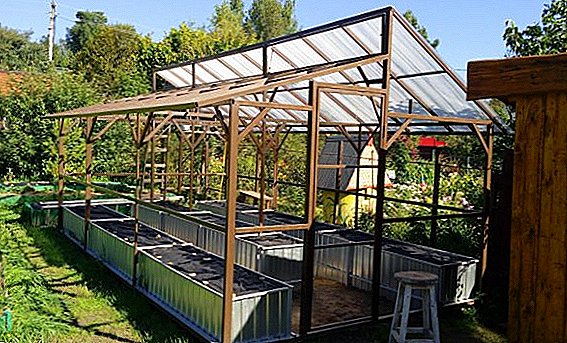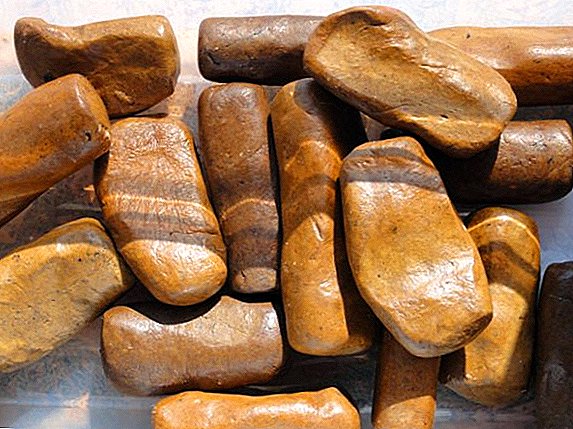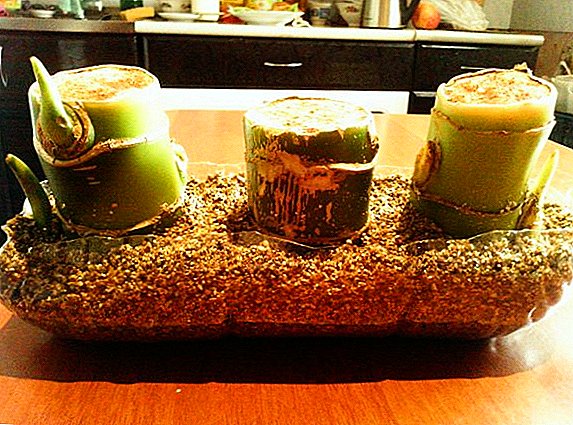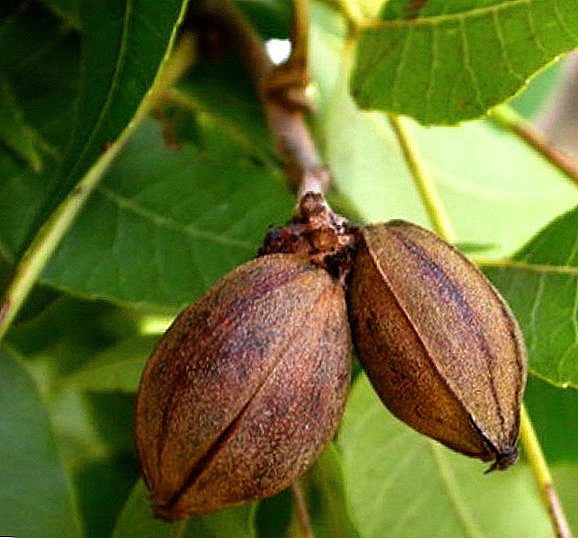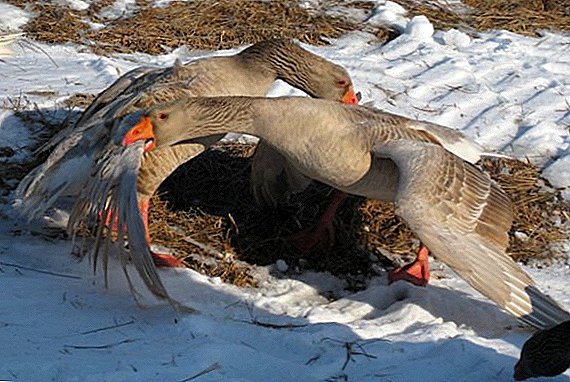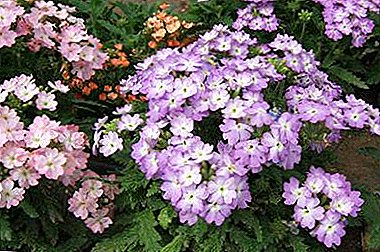
Everyone wants to decorate their site, make it cozy. One of the most beautiful ornamental plants - verbena.
It spreads along the ground in a beautiful pattern, and becomes an interesting and unusual highlight of a flower bed, flower garden or border.
Also, the plant is quite unpretentious in the care, and even a novice gardener will be able to decorate it with his plot. The article will tell you what are the features of this species, how to properly care and transplant plants.
What is this grassy plant for open ground?
America is considered the birthplace of shrubs, but some species grow on the territory of Eurasia. it The plant is a perennial, but is cultivated in the open ground as an annual, because does not withstand the winter cold. This type of verbena has beautiful bright flowers, so it is used for decorative purposes. Also, this species is called hybrid verbena.
Features of the form
Verbena hybrid has two varieties.
Large-flowered or mammoth
- The height of the bush is 40-50 cm.
- Creeping stem.
- Large flowers.
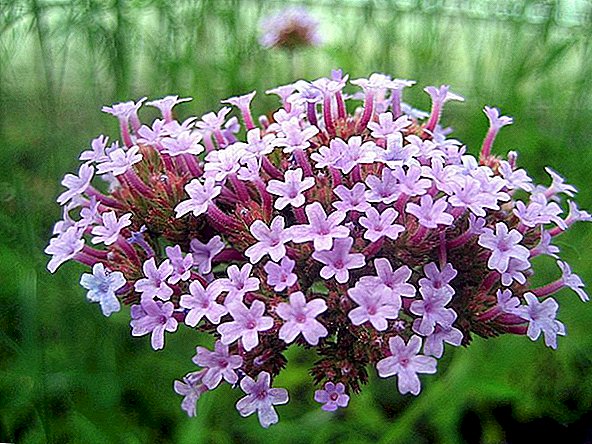
Low compact
- The height of the bush is 20-30 cm.
- Erect low stalks.
- Small bushes.
- Forms dense bushes.
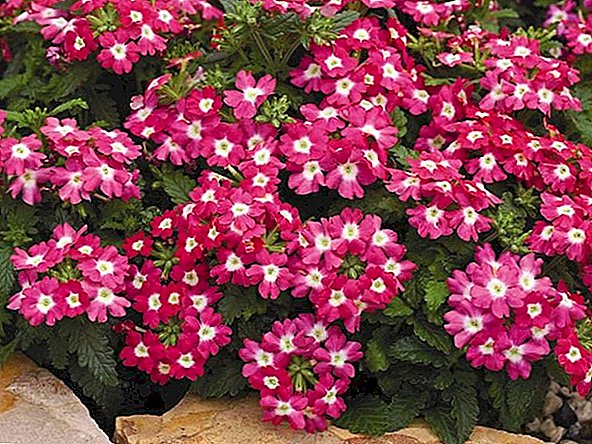
Both species bloom pink, white, lilac flowers of the correct form, which are collected in large pillow-shaped inflorescences.
The plant is considered strongly smelling, flowering is long and lasts until the frost. The root is compact, so this variety is suitable for growing in pots.
Conditions of detention
- Lighting. Verbena - light-loving plant. Direct sunshine she is not afraid, the main condition - a large amount of sunlight.
- Air and temperature. The variety does not tolerate frosts, so it is grown in the middle lane as an annual, but it blooms in southern latitudes until October. The optimum temperature for keeping in open ground is + 21- + 24 degrees.
- The soil. The best option for verbena is fertile loam. The soil should be well drained, because stagnant water is destructive for a plant. Also, after watering should loosen the soil. Before flowering must get rid of weeds.
- Watering. Verbena is rather moisture-loving, but it is important not to let the root system rot. Water the plant should be regular and to prevent drying of the substrate. By the end of the season, when the heat decreases, it will be enough just to keep the soil moist.
- Feeding. Top dressing is recommended 3-4 times per season, watering the plant with warm water and fertilizers dissolved in it. They use complex mineral fertilizers, but it is not necessary to saturate the soil with nitrogen - the plant will increase the green mass to the detriment of flowers. Organic fertilizers are used once a season, manure or compost can be applied.
Planting and transplanting
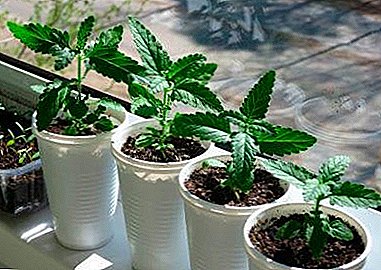 Before planting, seeds are soaked overnight in water.
Before planting, seeds are soaked overnight in water.- Seeds for seedlings are placed in light humus or sand. Container with seedlings put in a warm, well-lit place.
Seed germination is quite low - about 30% germinate.
- Seedlings enough to spray as the soil dries. Sprouts appear 20-30 days after planting.
- Planted seedlings in the ground only when sufficiently warm temperature is established, otherwise the plant will die. In the middle lane, such weather usually occurs at the end of May.
- In the ground, a well-lit place is selected and the wells are prepared at a distance of about 30 cm from each other.
- For disinfection, the soil is treated with a fungicide.
- Water is poured into the wells, and after it leaves, drainage is put (rubble, gravel).
- Transplanted seedlings together with the ground in which the plant grew, so as not to damage the root system.
- After planting, they sprinkle the ground around the stem and tamp it down a little.
Attention: after planting need regular watering - so the plant will take root faster.
Breeding
Vervain reproduces in two ways: seeds and cuttings.
Seeds
With the help of seeds, seedlings are grown, which are later planted in open ground. The use of this method is described in detail in the previous section. Verbena is a dioecious plant and pollinates itself.
Cuttings
Cuttings harvested in the fall.
- At the end of the season, the plant is dug together with the ground (so as not to damage the roots), transferred to a dark cool room and stored all winter at + 8- + 10 degrees.
- In April, the procedure is usually carried out: they cut off the apex of the cutting, several lower pairs of leaves and place it in the nutrient soil.
- About a month later, the seedlings take root, and they are transplanted into the open ground.
Diseases and problems
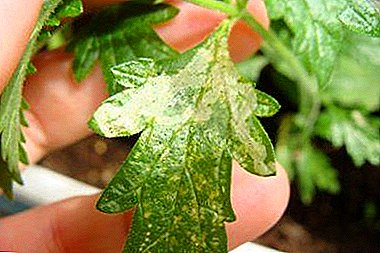 Any disease is easier to prevent than to cure. preventive measures:
Any disease is easier to prevent than to cure. preventive measures:
- fungicide disinfection of the soil before planting;
- compliance with sowing conditions, temperature, light;
- moderate humidity and avoiding waterlogging.
The problem and the way to solve it:
- Mealy dew: develops with excessive watering. To prevent bogging, you can use soil mulching, using the leaves of the verbena itself. If the plant is still sick, then it is sprayed with garlic tincture. damaged areas are removed so as not to infect healthy plants.
- Spider mites: the plant is treated with a solution of acaricides, among them the safest fitoverm. Processing is carried out several times.
- Aphid: Insecticides are recommended.
- Gray rot: damaged areas are immediately removed. Uninfected plants are treated with a solution of ordan.
- Blackleg: appears if the soil is marshy. Infected plants are removed, and mulching is carried out to reduce waterlogging.
The ancients attributed to verbena magical properties, considered it the flower of Venus - the goddess of beauty. Grow this really beautiful beautiful plant is not so difficult, and verbena will delight the eye all summer.


 Before planting, seeds are soaked overnight in water.
Before planting, seeds are soaked overnight in water.